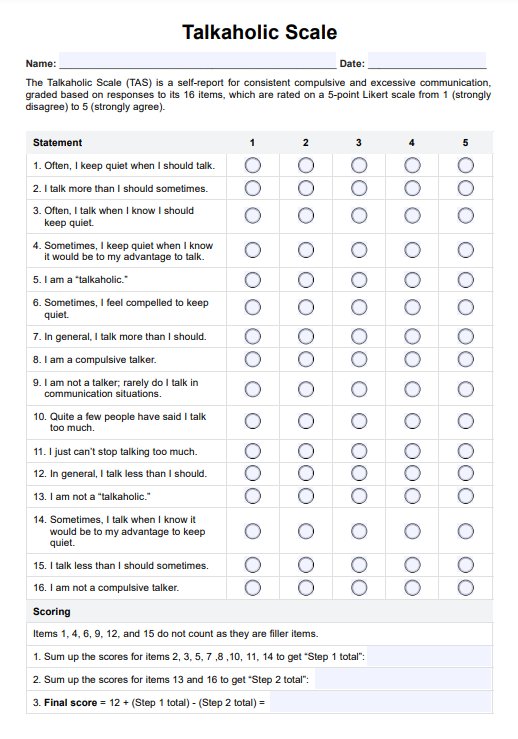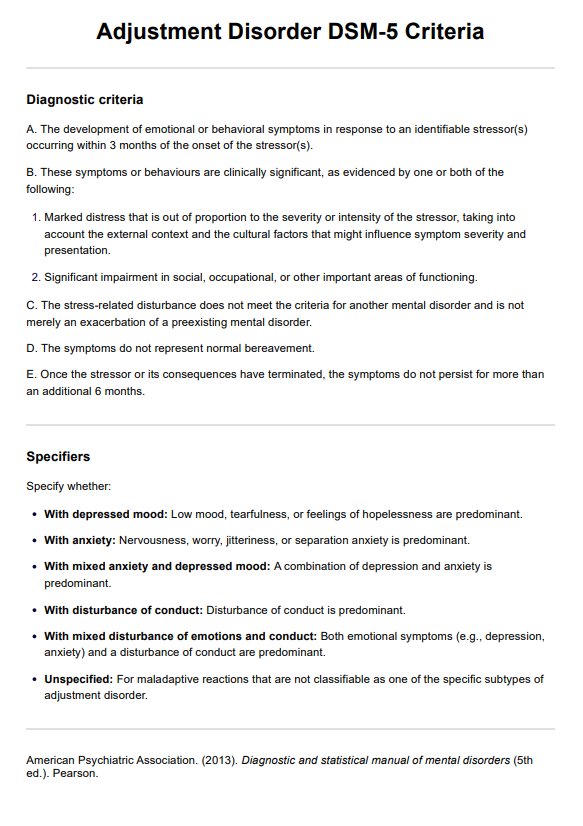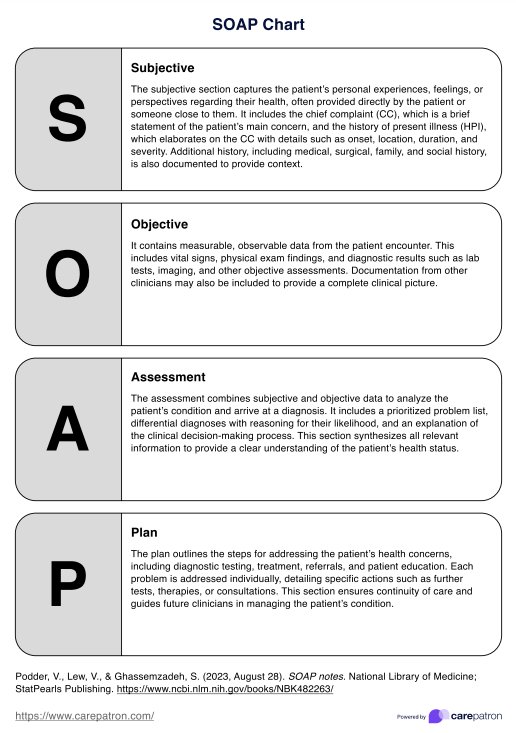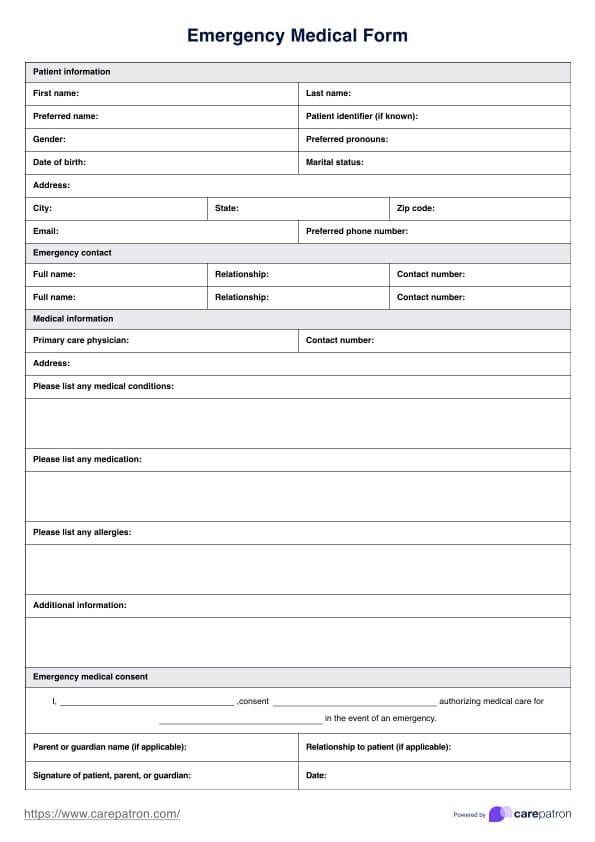Meal Plan to Lose Belly Fat
Discover effective strategies to lose belly fat with our tailored meal plan. Explore foods to eat, avoid, and practical tips for lasting weight loss.


Understanding belly fat
Clients will probably come to you with concerns about belly fat, and addressing the health risks and strategies to manage it effectively is essential. Belly or visceral fat is more than a nuisance that makes one's clothes feel tight. It's seriously harmful. This type of fat is a significant risk factor for type 2 diabetes, heart disease, and other conditions. Part of the challenge in losing belly fat is its ties to metabolic disturbances and inflammation.
The causes of belly fat accumulation can be multifaceted, including poor diet, lack of exercise, sleep deprivation, and stress. Genetics and hormones also play significant roles in how your body distributes fat. Now, on to the most pressing question: Can your clients lose it?
Yes, it is possible to lose belly fat. The key is creating a caloric deficit by eating fewer calories than they burn. This can be achieved through diet, exercise, and lifestyle changes. Practical strategies for losing belly fat include increasing physical activity, especially high-intensity interval training (HIIT) and strength training, improving sleep quality, managing stress, and optimizing your diet with a focus on whole foods. It's like trying to lose body fat but targeting the belly specifically.
Your role as a nutritionist or dietitian is vital in helping them burn belly fat and consequently lose weight if necessary. Consistency in following these guidelines, patience, and commitment can significantly reduce belly fat.
Meal Plan to Lose Belly Fat Template
Meal Plan to Lose Belly Fat Sample
How to use this Meal Plan to Lose Belly Fat
Introducing a meal plan focused on reducing belly fat is a strategic approach to help patients achieve their weight loss goals. Here's a step-by-step guide to effectively implement and use the Meal Plan to Lose Belly Fat with patients:
Step 1: Access this template
First, access the Meal Plan to Lose Belly Fat template. It's conveniently available on the Carepatron platform, making it easy for healthcare professionals to download, customize, and share with patients.
Step 2: Explain the template
Take the time to explain the purpose and components of the meal plan to your patient. Emphasize the focus on whole foods, lean proteins, high-fiber fruits and vegetables, and healthy fats that burn most belly fat. Clarify how each diet element can help lose fat and improve overall health, especially if they need weight loss.
Step 3: Customize the meal plan
Work with your patient to tailor the meal plan to their dietary preferences, nutritional needs, and health concerns. Ensure the plan includes a variety of foods to meet their daily caloric and nutrient goals, keeping in mind the patient's lifestyle and any food sensitivities or allergies.
Step 4: Set realistic goals
With your patient, set realistic and achievable goals for daily caloric intake and protein, fiber, fat, and carbohydrate targets. Emphasize the importance of gradual weight loss and the long-term benefits of a balanced diet.
Step 5: Encourage meal prep and planning
Advise your patient on the benefits of meal prep and planning. Encourage them to prepare meals in advance to reduce the temptation of unhealthy food choices. Share tips for easy and quick meal preparation to fit their schedule.
Step 6: Monitor progress and adjust as needed
Review your patient's progress with the meal plan regularly. Be open to making adjustments based on their feedback, weight loss progress, and any changes in health status.
What foods to eat
Embarking on a belly fat diet plan involves incorporating foods that promote fat loss while providing the body with essential nutrients for overall health. To lose excessive belly fat, emphasize that they should also be aware of foods hindering their progress. Here's a guide to the types of foods clients should focus on:
Whole grains
Whole grains like quinoa, brown rice, oats, and barley are rich in fiber, which can help keep them feeling full longer and stabilize blood sugar levels. Remind them that white bread, pasta, pastries, and other foods made with refined flour can spike blood sugar levels and lead to body weight gain, particularly around the abdomen.
Lean protein
Lean meat such as chicken breast, turkey, fish, tofu, and legumes are vital for building muscle and aiding in weight loss. Protein-rich foods increase satiety and are essential for repairing and rebuilding muscle tissues after workouts. Processed meats like sausages, bacon, and deli meats are high in unhealthy fats and calories, contributing to belly fat.
Healthy fats
Foods high in healthy fats, including avocados, nuts (for those without allergies), seeds (flaxseeds, chia seeds), and olive oil, provide essential fatty acids that the body cannot produce independently. These fats help absorb vitamins and minerals, support brain health, and keep hunger at bay.
Fruits and vegetables
Fruits and vegetables are low in calories and high in vitamins, minerals, antioxidants, and fiber. They should form the bulk of their diet. Leafy greens, berries, citrus fruits, and cruciferous vegetables like broccoli and Brussels sprouts are beneficial to decrease belly fat.
Legumes
Beans, lentils, and peas are excellent plant-based protein and fiber sources, making them great for weight loss. They can help regulate digestion and have been shown to target belly fat specifically.
Fermented foods
Fermented foods like yogurt (look for non-dairy alternatives to keep it vegan), kefir, kombucha, and sauerkraut introduce beneficial probiotics to your diet. These can improve gut health and are linked to weight management and fat loss.
Healthy beverages
Educate them on the direct link between high sugar intake and increased belly fat. Recommend avoiding sugary drinks, candies, desserts, and processed foods high in added sugars. They can choose water, herbal teas, or lemon-infused water instead of sodas or sugary juices. Also, remind them to limit alcohol intake as part of their strategy to reduce belly fat and improve overall health.
Low-sodium foods
Foods high in sodium, such as canned soups, fast food, and processed snacks, can cause water retention and bloating. To help manage bloating and overall belly fat, recommend opting for fresh, whole foods and seasoning with herbs and spices instead of salt.
Tips for sticking to the meal plan
Adhering to a meal plan designed to lose excess abdominal fat can be challenging, but with the right strategies, it's entirely achievable. Here are some tips to help client stay on track:
1. Plan meals and snacks ahead
Encourage clients to plan their meals and snacks for the week. This helps prevent last-minute unhealthy choices and keeps them on track.
2. Focus on whole foods and portion control
They should base their diet on whole, unprocessed foods and be mindful of portion sizes. Smaller plates or bowls can help them naturally eat less without feeling deprived.
3. Stay hydrated
Remind clients to drink water throughout the day. Staying hydrated helps control hunger and may reduce unnecessary snacking, as thirst is often mistaken for hunger.
4. Practice mindful eating
Eating slowly and paying attention to their food is vital. This mindful approach helps them recognize fullness cues, reduce overeating, and enjoy their meals more.
5. Find support and stay flexible
It is essential to seek support from friends, family, or groups with similar goals. Emphasize the importance of flexibility in their meal plans, allowing for adjustments without guilt to maintain long-term success.
Health benefits of following a belly-specific meal plan
Adopting a meal plan can offer numerous health benefits beyond just losing weight. Here are some of the key benefits:
Improved metabolic health
Reducing visceral belly fat can significantly lower the risk of metabolic syndrome, a cluster of conditions that increase the risk of heart disease, stroke, and diabetes. A belly-specific meal plan can help stabilize blood sugar levels, improve cholesterol profiles, and reduce blood pressure.
Enhanced heart health
Losing belly fat is linked to a decreased risk of cardiovascular diseases. By focusing on heart-healthy foods rich in omega-3 fatty acids, fiber, and antioxidants, such a diet can protect against atherosclerosis (buildup of fats, cholesterol, and other substances in and on the artery walls) and improve overall heart function.
Better hormonal balance
Excess belly fat can affect insulin production and other hormones, disrupting hormonal balance. A diet designed to reduce abdominal fat can help regulate insulin sensitivity and reduce the risk of conditions like polycystic ovary syndrome (PCOS) and type 2 diabetes.
Enhanced digestive health
Focusing on high-fiber foods not only aids in weight loss but also supports a healthy digestive system. Fiber-rich diets can improve gut health, reduce the risk of colorectal cancer, and prevent constipation.
Increased energy and well-being
A meal plan that includes a variety of nutrients and eliminates processed, sugary foods can lead to higher energy levels and overall well-being. Nutrient-dense foods provide the body with essential vitamins and minerals, improving mood and cognitive function.
Commonly asked questions
Yes, green tea can help burn belly fat due to its metabolism-boosting antioxidants, known as catechins. These can enhance fat burning, especially during exercise.
A meal high in fiber, protein, and healthy fats, such as a grilled chicken salad with mixed greens, avocados, and nuts, is effective for losing belly fat.
Eating small, balanced meals 5-6 times a day can help maintain steady blood sugar levels and manage hunger, aiding in belly fat loss.


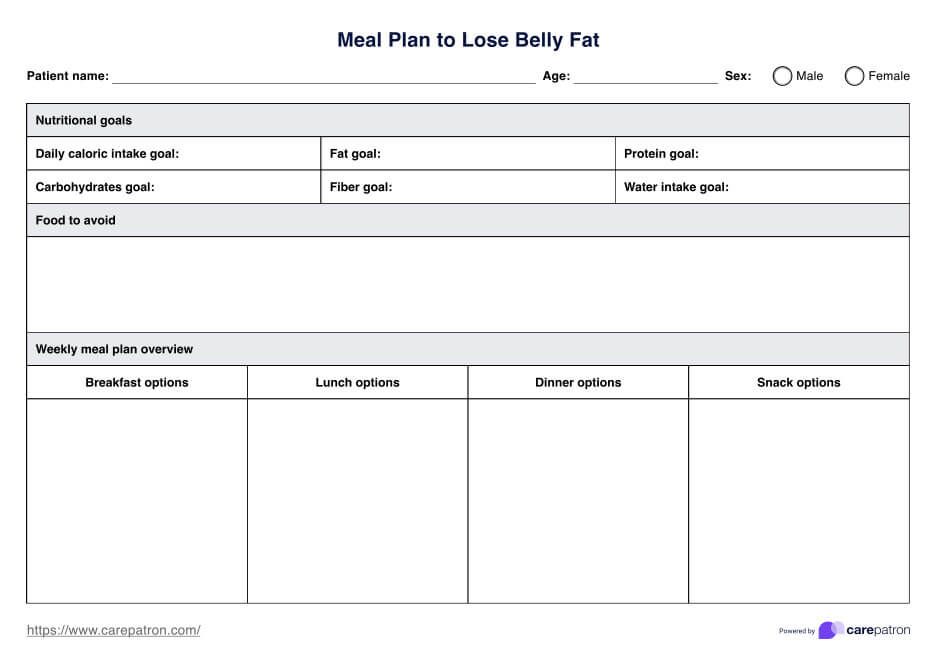
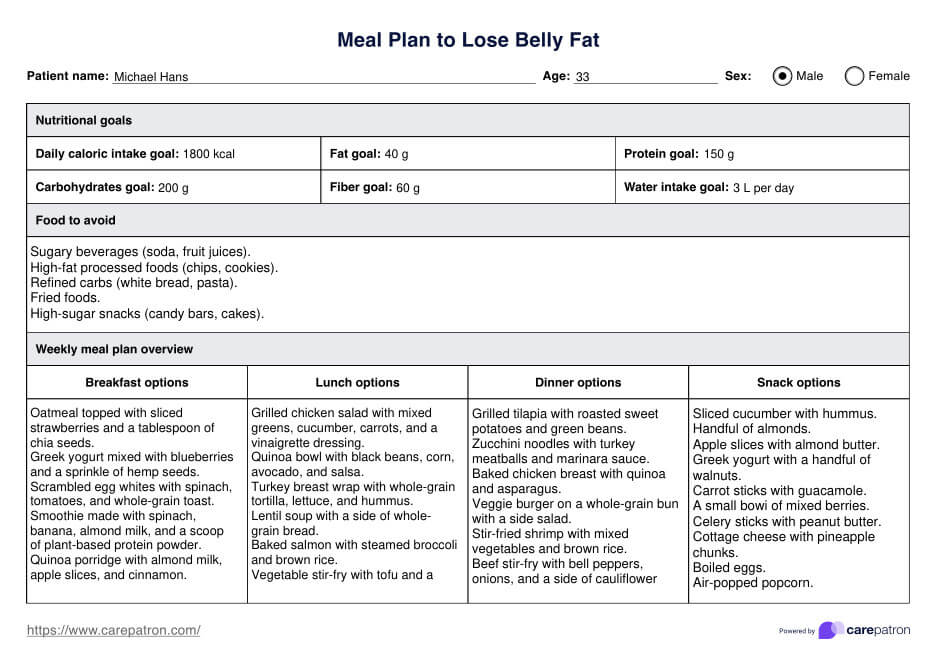
















-template.jpg)

















































































